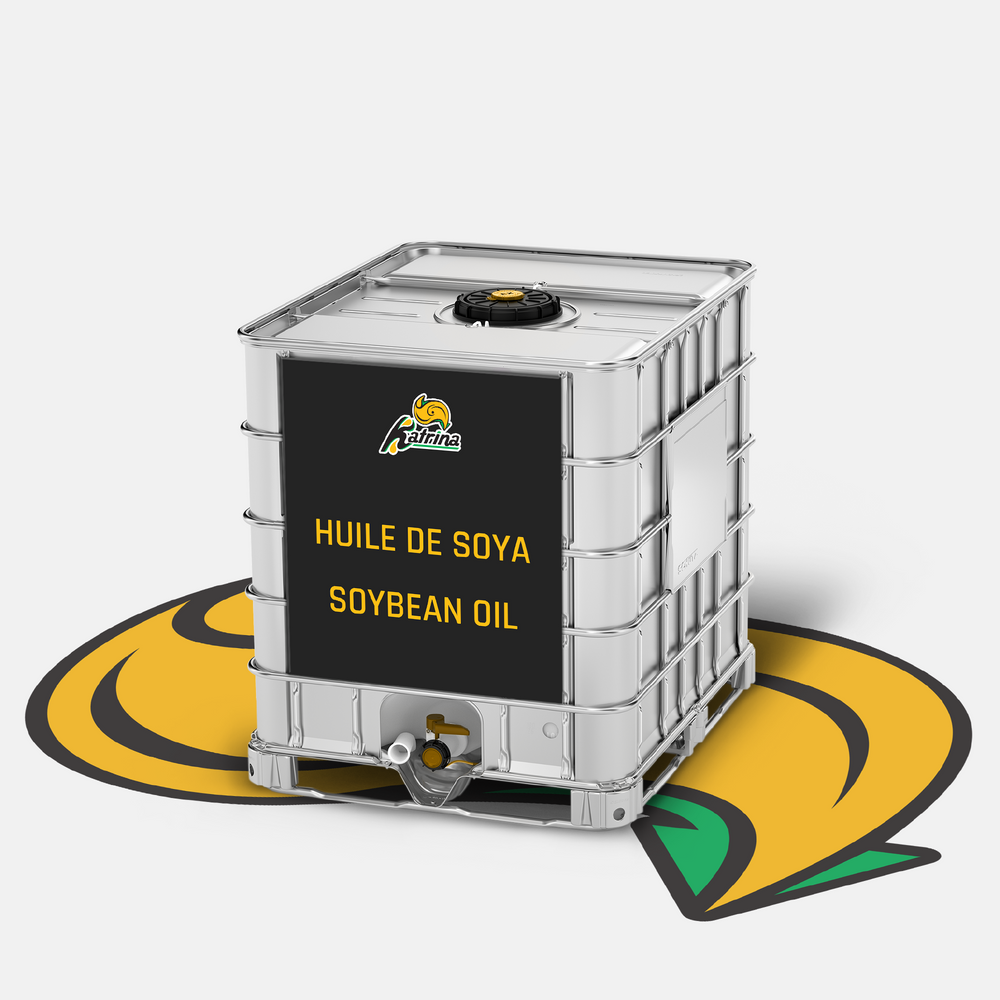A Complete Guide to Navigating Customer's Dietary Restrictions as a Restaurant Owner
Dietary restrictions, particularly food allergies, are more common than ever, with more than 3 million Canadians self-reporting at least one food allergy. An allergic reaction can put a guest’s life at risk while also undermining a restaurant’s reputation.
While both consumers and restaurants share responsibility in preventing an allergic reaction, it’s essential for restaurants to put safeguarding measures in place. This might seem overwhelming for restaurant owners, but it doesn’t have to be. This guide is designed to provide a clear path for restaurant owners to prepare an allergy-safe environment.
What Are Common Dietary Restrictions?
The most common dietary restrictions include:
- Food allergies (shellfish, nuts, etc)
- Food intolerances (lactose, gluten)
- Dietary preferences such as:
- Vegetarian
- Vegan
- Gluten-free
- Low-carb diets
Religious dietary restrictions like kosher and halal should also be considered, along with health-related restrictions such as diabetic and heart-healthy diets.
Around 90% of food allergies come from one of these “Big 8” food categories:
- Wheat
- Peanuts
- Fish
- Tree nuts
- Eggs
- Soybeans
- Milk
- Shellfish
How Restaurant Owners Can Navigate Dietary Restrictions
Ensuring customer safety and satisfaction involves prioritizing dietary restrictions. Putting a process in place can be challenging, so we’ve compiled some tips to help simplify your approach:
Provide Food Allergy Warnings
As a restaurant owner, you want to prioritize clear communication regarding food allergies. You can do this by making sure that menu items are clearly labelled with potential allergens. Providing an allergen chart or guide can help diners easily identify which dishes meet their dietary needs.
It is also essential for staff to verbally warn customers about allergens when taking orders, especially for popular dishes known to contain common allergens like peanuts, shellfish, and gluten.
Provide Staff with Food Allergy-Specific Training
Training staff on food allergies is crucial for maintaining a safe dining environment. Regular training sessions should be conducted to educate staff about:
- Food allergies
- Recognizing the symptoms of allergic reactions
- The importance of preventing cross-contamination
- What to do in the event of an allergic reaction
Engaging staff in role-playing scenarios can also help them practice how to effectively communicate with customers regarding their dietary restrictions and improve their knowledge of ingredients used in the restaurant's dishes.
Implement Front-of-House Communication Practices
Effective communication between diners and staff is key to addressing dietary restrictions. Restaurant owners should encourage staff to engage in open dialogue with customers about their dietary needs and preferences.
Implementing an alert system, such as specific codes on orders, can help highlight dishes that contain allergens or those that have been modified to be allergen-free. Staff should also take notes on specific dietary restrictions while taking orders from customers to make sure there’s accurate communication with the kitchen.
Use Dedicated Equipment and Prep Areas
To minimize the risk of cross-contamination, it is important to set up dedicated cooking equipment and prep areas for allergen-free meal preparation. This involves using separate pots, pans, and utensils specifically for dishes requested to be free from allergens.
Establishing designated prep areas in the kitchen for allergen-free meals also helps to further reduce the likelihood of exposure to allergens. Clear signage should be implemented to remind staff of the specific purpose of these areas and equipment.
Consider the Allergy-Risk of Cooking Oils
You also want to be mindful of the oils used in cooking, as some oils may contain allergens. For example, peanut oil is a well-known allergen, but other oils like soybean oil or generic vegetable oil blends can also pose risks since they may be derived from or mixed with various allergenic sources.
To reduce these risks, it’s important to offer safe oil options for individuals with allergies and to avoid reusing oils that have been used to cook allergenic foods for dishes intended for customers with allergies. Additionally, accurate and transparent information should be provided to customers about the types of oils used in food preparation.
To do this, it's best to stick with reliable and trusted suppliers who are transparent about their sourcing, allowing for better communication with diners and bettering both safety and satisfaction.
Factor in Extra Costs
Navigating dietary restrictions may involve additional costs that, as a restaurant owner, you need to consider. Sourcing allergen-free or specialty ingredients can be more expensive, and menu pricing should be adjusted accordingly.
Additionally, the costs associated with staff training on dietary restrictions and allergy management practices should be factored into the restaurant's budget. Investing in dedicated equipment and designated areas for allergen-free food preparation may also require financial planning to ensure compliance with health and safety standards.
Keeping Your Dining Environment Safe
By implementing these strategies, restaurant owners can foster a safer dining environment for customers with dietary restrictions.
Emphasizing open communication, comprehensive training, and proactive measures will help guarantee compliance with health regulations while building trust and loyalty among diners.
This commitment to safety and inclusivity can ultimately distinguish a restaurant in a competitive market and attract a broader customer base.
Frequently Asked Questions
How can I communicate dietary information to customers effectively?
Transparency is key. Include allergen information directly on your menu, or offer an allergen guide that lists potential allergens in each dish. Ensure your servers ask diners about any dietary restrictions and communicate with the kitchen to avoid errors. Additionally, ensure oil types, ingredient sources, and preparation methods are clearly explained.
How can I manage customer allergies related to cooking oils?
Certain oils, like peanut, soybean, or vegetable oil blends, can contain allergens, which may not be immediately obvious to customers. It's important to source oils from trusted suppliers who are transparent about their ingredients. Communicate with your customers about the types of oils used in your kitchen, and provide alternatives where necessary to avoid any risk.
How can I promote my restaurant as accommodating to dietary restrictions?
Promote your restaurant as allergy-friendly by highlighting allergen information on your website and menu, showcasing how you accommodate dietary restrictions. Use social media to communicate your commitment to food safety, and train staff to discuss these practices with customers. Word of mouth from satisfied customers will also help attract more people with dietary restrictions.











